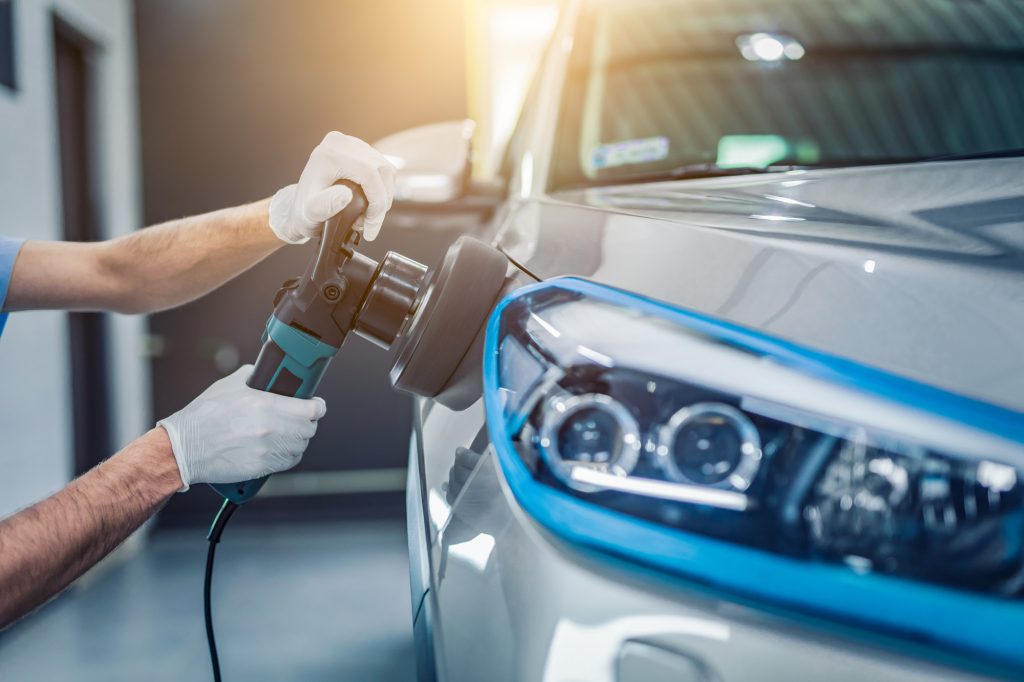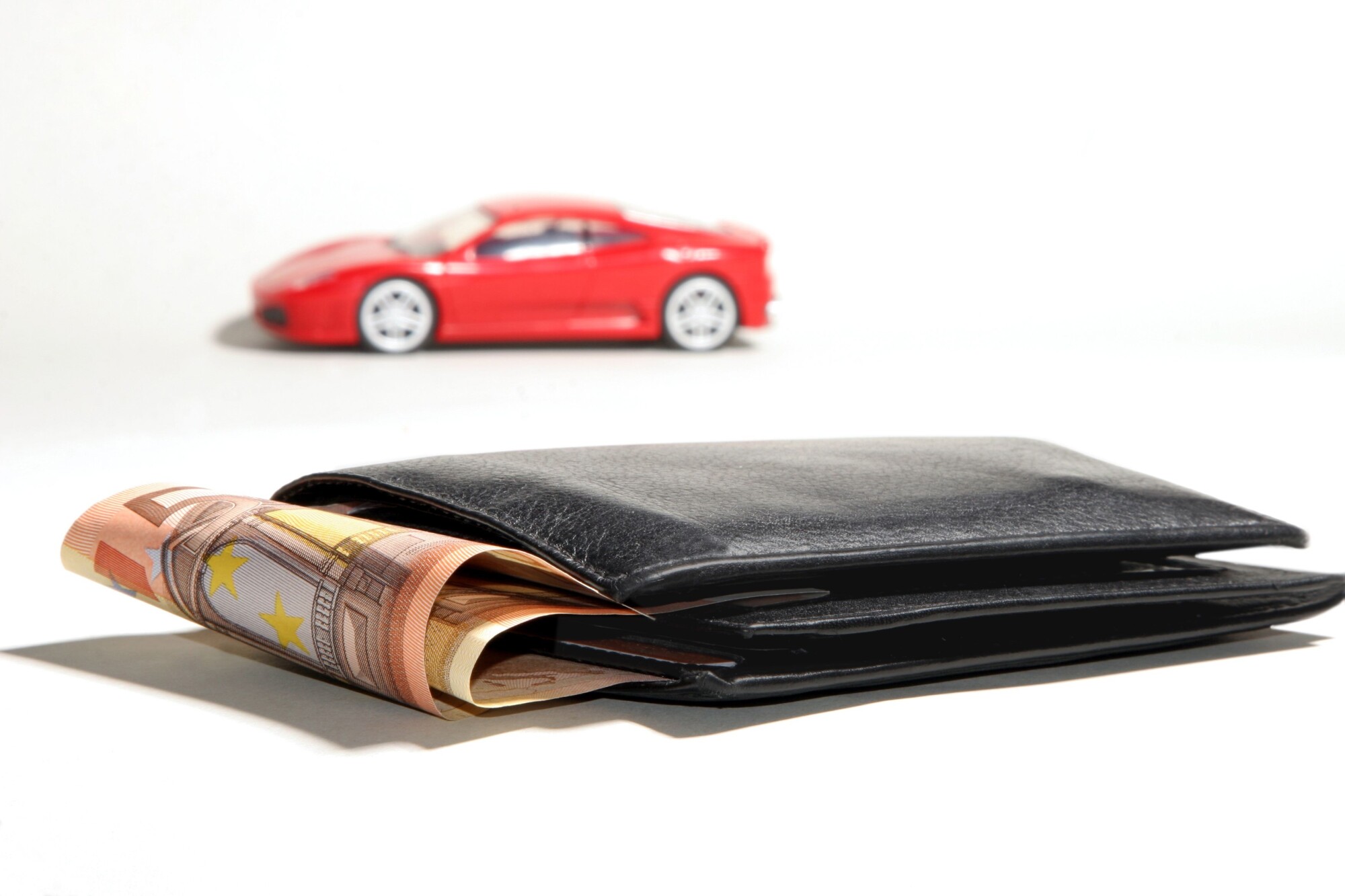
The automotive paint industry is growing. Globe News Wire estimates the automotive paints and coating market to rise from 16 billion dollars in 2018 to 27.5 billion dollars in 2025.
The twenty-first-century clientele enjoys having unique paint jobs. If you’re a car enthusiast who enjoys a good project, you understand the value of a unique paint job on your favorite ride.
Painting a car, however, isn’t like painting your living room. Understanding the idiosyncrasies of automotive paint will help you know how to make your car look more like something from The Fast and Furious and not from Herbie Rides Again.
Types of Automotive Paint
Automotive paint is designed both to spray and to stay on cars. It has special qualities that make it adhere to the metal of a car, so understand from the outset you will not find automotive paint next to the latex you’d use in your bedroom.
Do not use leftover house paint on your car.
Automotive paint is comprised of pigment, thinner, and a binder that binds the pigment and thinner. It keeps the pigment and thinner cohesive and makes the paint look solid.
Waterborne vs. Solventborne
Automotive paint comes in two types: waterborne and solvent. Each has its advantages and disadvantages.
Solventborne paint is the most traditional. It’s been around the longest, which means it also is consistently the most effective.
It is comprised of a solvent-base like lacquer, urethane, or enamel. And because it contains a great deal of VOCs (volatile organic compounds), fewer people use it. The VOCs create health hazards that make it less safe paint.
But it does work effectively.
Urethane paints qualify as solvent-based paints. They’re more durable than waterborne paints but also more dangerous.
You can create the increasingly popular matte hue with urethane paints. The matte hue is easily scratched, but an owner can also easily touch up the scratch with urethane paint.
Additionally, urethane does not require a clear coat finish.
Waterborne paint is composed of water and about ten percent solvent. It’s less toxic than solvent-borne paint and arguably more environmentally friendly. ;
Because it is a newer type of paint, many enthusiasts will argue that it does not adhere as well as solvent-based paint. However, more shops are using it though because of the environmental and health concerns.
Acrylic paints fall under the water-based qualification of paint. They are less toxic and a safer option overall. However, they also require more drying time, needing up to 48 hours to cure.
Clear coats will equalize the durability of acrylic and urethane paints. It makes the paints able to withstand wear and tear.
Single-Stage vs. Two-Stage Paint
Single-stage paint is a type of paint that requires just one coat after the primer. It includes basecoat and clearcoat in one painting.
Two-stage paint was the most popular type of paint in the 1980s but has waned in popularity since the inception of the easy, single-stage paint. Two-stage paint consists of a basecoat applied after the primer and a clear coat applied after the base coat dries.
Body, Touchup, or Spray?
Not only do you have the choice of water-borne or solvent-borne paint and single-stage or two-stage paint, but you also have the options of body, touchup, or spray paint. After all, not all cars need the same type of love.
If you’re painting the entire body of the car, you will need body paint. This is a type of paint made specifically for the entire exterior and not just for touchups or detailing.
You will need a hand-sprayer if you plan on painting the body well. Look for paint with protective qualities such as anti-rust or element protection.
If you’re just planning on touching up a scratch or ding, then use touch up paint. these usually come in small, pen-shaped tubes, and you can even carry them in your car glove compartment for an emergency.
If you need touch-up paint, you most likely do not have a big area of damage. However, you still want to make sure you have the right color so your car looks uniform.
Spray paint comes in an aerosol can. Some individuals choose to attempt to paint their car with cans of automobile spray paint. Skilled artists can do this well, and the aerosol can certainly beat a paintbrush as far as quality goes.
Buy and Prepare Carefully
As you consider painting your car, make sure you match your color carefully. Look at the color code on the driver’s side door jam. There you will find the factory color-matched code so you can purchase the correct color.
If you’re looking to paint your car a completely different color, make sure you select a color that you want for a long time. Painting your car takes time and effort, and you do not want to have to do it repeatedly.
Make sure the paint you find complies with OSHA and EPA standards. Your paint will have more guaranteed success if you use compliant paint.
Prepare your work area carefully. Make sure you have a clean area that you’ve draped off.
If you’re working in a garage, make sure you eliminate all the possible debris that could get stuck in your paint. Sweep the area clean. If you’re working outside, stay away from breezy areas where a stray blade of grass or even a bug or two could get stuck in your paint.
Also, make sure you have the right tools for the job. You’ll need the following tools:
- a pneumatic-powered sander
- sandpaper
- masking tape
- air compressor
- a paint gun.
You can have great paint, but if you do not prepare properly, the cost and time of painting your vehicle will be for nothing.
You can find automotive paint in specialty stores that sell automotive supplies or even online at places like this paint supplier.
Paint Your Car Happy
Nothing will make your car stand out more than a custom paint job, and nothing can be more satisfying than to do that job yourself. Selecting the right automotive paint can be a daunting task, but with the right knowledge, you’ll make a good decision.
Check out more of our helpful articles right here on our blog.




